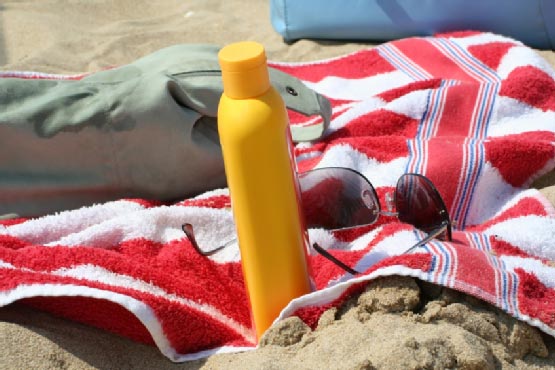Understanding the Dangers of UVA and UVB Rays

The sun is a welcome sight at any time of year, especially during a long, chilly winter. However, along with the warmth and cheer sunshine brings, the sun poses a risk with its dangerous ultraviolet rays. Both long- and shortwave ultraviolet rays can damage your skin, leading to problems including sunburn, fine lines and wrinkles, and eventually even skin cancer. Keep reading to understand the differences between UVA and UVB rays, including how they each affect the health of your skin.
UVA Rays
95% of the UV radiation that reaches the surface of the Earth consists of UVA rays. UVA rays are less intense than UVB rays but are as much as 50 times more prevalent. No matter what time of day or year it is, UVA rays are present with the same amount of intensity and can cut through clouds and glass. In the past, researchers knew that UVA rays contributed significantly to aging and wrinkling of the skin but thought they did not play a large role in the areas where skin cancers occur. Recent studies, however, have shown that UVA rays damage skin cells in the basal layer of the epidermis, the area where most skin cancers form. UVA rays are present in tanning booths as well as in natural light, which is why your dermatologist will tell you there is no such thing as a safe tan.
UVB Rays
UVB rays are the cause of most skin reddening and sunburn, damaging the outermost layers of your skin. Though UVB rays are most prevalent in the U.S. between 10 a.m. and 4 p.m. from April through October, they can burn your skin at any time of year. In fact, reflective surfaces including snow bounce back up to 80% of UVB rays, which means your skin is exposed twice. This is just one of the reasons why it’s important to wear sunscreen on a year-round basis. UVB rays play a significant role in the formation of skin cancer.
Take steps to protect yourself from UVA and UVB rays by wearing sunscreen and visiting Swinyer – Woseth Dermatology in Salt Lake City. Our experienced dermatologists will examine your skin for a thorough overview of your health. Call us at 801-266-8841 today.
